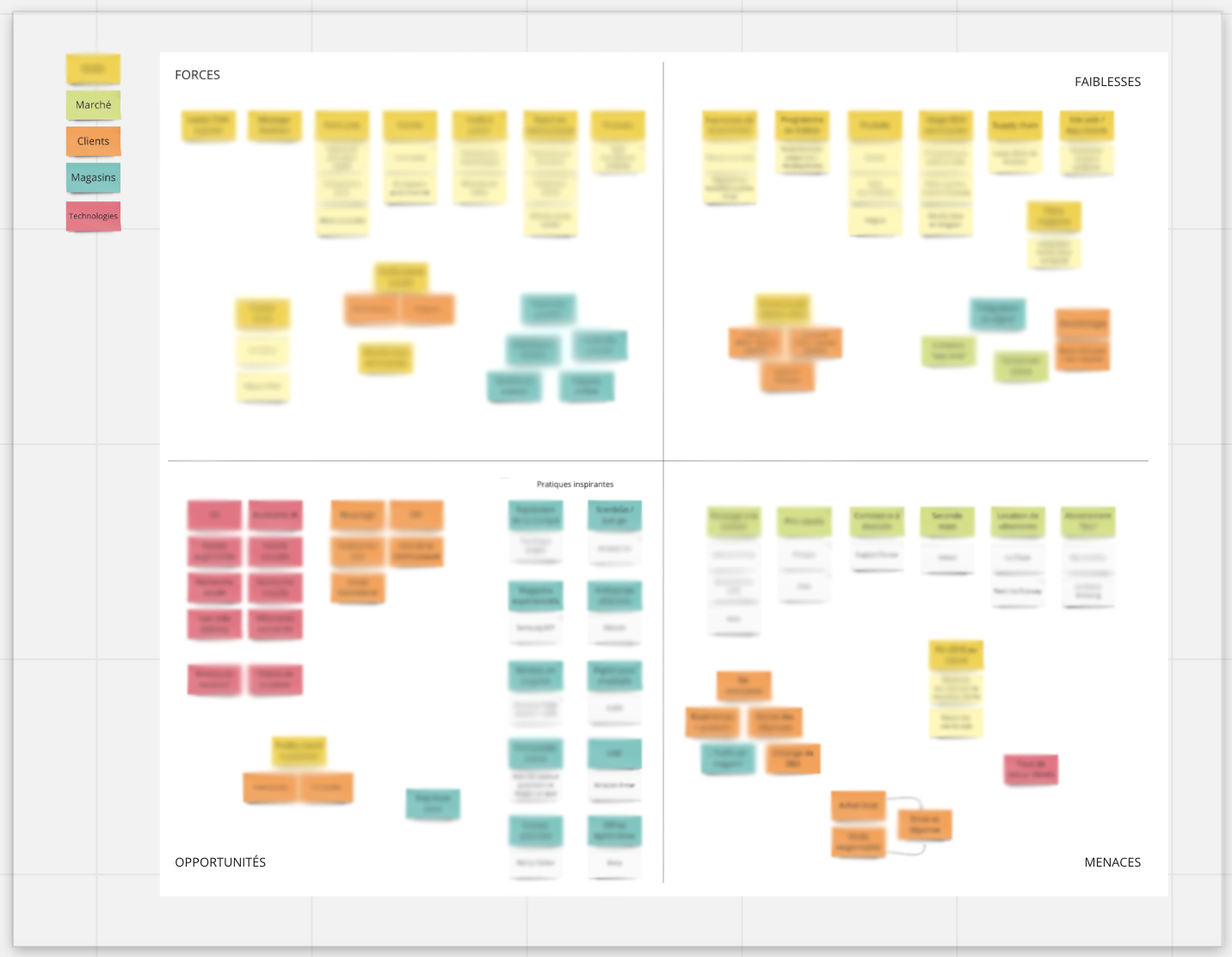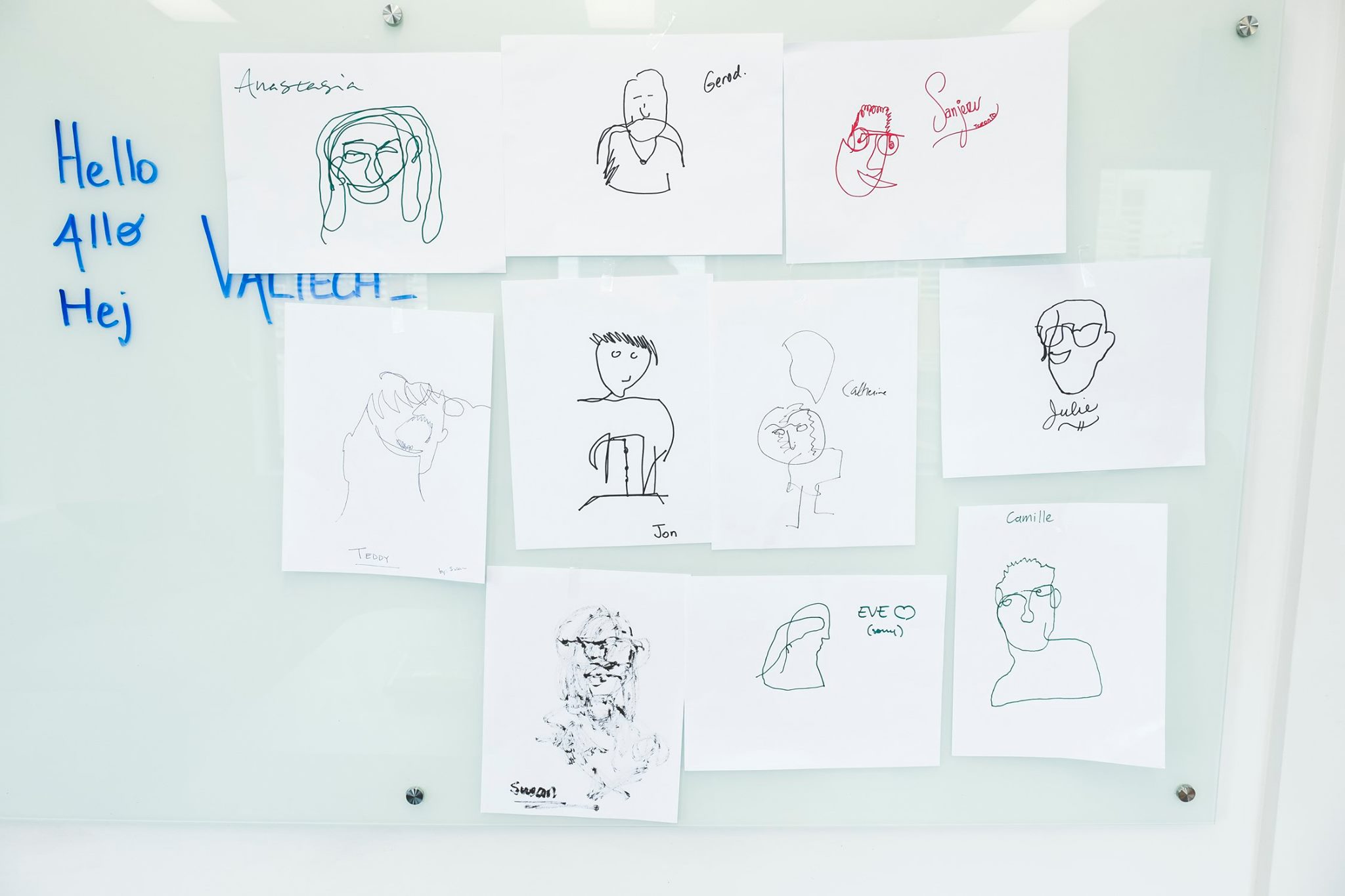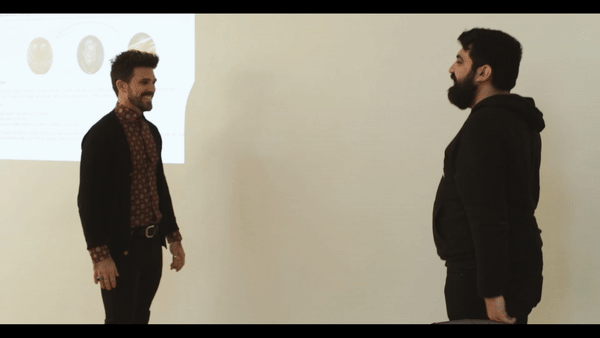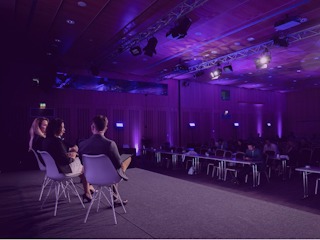10. April 2020
When you use Design Thinking methodology in a co-creation workshop, it’s undeniable that being well-prepared is essential to ensure its success.
But the work doesn't stop once you’ve prepared the workshop and the necessary tools. On the contrary! Why? Because the quality of your facilitation during the workshop is a determining factor of the success of your project and of your clients’ satisfaction.
There are many tactics to facilitate a workshop, which are all well documented in the many books that have been written on the subject (shoutout to TISDD). So, to not paraphrase what is already out there, I sat down with my partner in workshops, and we established a list of our key tips. We based ourselves on our recent experience: week long workshops to rethink customer experiences, involving up to thirty participants.
And we came to the following conclusion: Being a good workshop facilitator is like being made out of bamboo. Wait, what? Well yes, you must:
- Be solid
- Be flexible
- Have the ability to multiply
Okay, but then "how can I be all of this at once?" you might ask yourself. Well here are our handpicked tips.
Be Solid!
- Whether it is an internal or external client, it’s essential to know the project's business context. Your outsider perspective will be one of your strengths, but understanding the stakes, the business objectives and your client's needs will make you not only a relevant facilitator, but a good facilitator.
- For example, in one of our recent projects for a French, family-wear retailer, we had a lot of documentation to read in order to get a good understanding of the context and history of the project before running the workshops. We therefore synthesized all of the key information on a “Research Wall” that we built on Miro in the form of a SWOT matrix, as well as in a comprehensive project checklist. We then made these documents available to workshop participants, so that everyone had the same level of knowledge at the beginning of the week.

- Take the time to be well prepared. Our rule of thumb is "3:1". On average, spend three hours of preparation for each hour of workshop. Obviously, this ratio can be adapted according to the complexity and your level of familiarity with the subject.
- During the workshop, be present, but not too much: Your participants must feel that you are available if necessary, which means being constantly attentive to what is happening, but let them work without interrupting them; except when the time allowed for their reflection is over, but we will address this point later.
- If you are in charge of delivering a summary of the work done, start it immediately after the workshop, while the information is still fresh in your mind. If your workshop takes place over several days, take the time necessary at the end of each day to write down the big ideas of the day. You can even recap these ideas at the start of the next day, so that your participants get started on the right foot. Don't forget to take photos of the material produced as you go along, and if your workshop contains pitches, record them so that you can remember them if necessary.
Be Flexible!
“Solid” shouldn’t coincide with “rigid”:
- Don't fall in love with your agenda! It will undoubtedly evolve as your workshop progresses, especially if it takes place over several days. Plan a schedule that works even if you have to devote less time to one or more activities (or even cut some out entirely).
- If time permits, allow 15-20 minutes at the start of every day for icebreaker activities or energizing moments. If you end up having the time to do them, they will be incredible team-building moments amongst the participants. But if time catches up with you, sacrificing a few won't compromise the quality of the final work.
- One of our favorite icebreaker activities was taught to us by our colleagues at Valtech Stockholm: In teams of 2, each participant must draw their teammate in one minute without looking at their sheet of paper or raising their pen. The “works of art” can then be displayed in the workshop room, for your viewing pleasure!

- Definitely plan for a "buffer" in your agenda. Stretch the duration of certain activities to absorb possible overruns because there will be overruns!
- Your agenda is one thing, but behind the agenda, there is a human being—you—who must show emotional intelligence to be able, for example, to reorganize teams to better balance the different personality profiles, or even to identify a silenced participant to give them the floor. Pay attention to the group dynamics and reorganize if necessary!
Multiply!
A good workshop facilitator must know how to get the word out within the company about the beneficial effects of Design Thinking on collaboration and on a customer-centric culture.
How?
- When preparing your workshop, insist that the list of participants include representatives of all the teams affected by the issue to be resolved. This will allow the project to obtain greater internal support, since all the stakeholders will have been involved from the get-go.
- Although it’s quite possible to lead a solo workshop, we strongly recommend that you be two people (or a few more, depending on the size of the group and the duration of the workshop). That way, you can take it in turns to lead activities throughout, and you can also designate secondary roles for yourselves such as note taking, technical checks, photos of the material produced, etc.
- Also, don't hesitate to delegate certain tasks to the participants. For example, in these work sessions, respecting the duration of each activity is essential. So that you don't always find yourself having to be the “time police” who is tasked with interrupting the teams when time is up, designate a person responsible for keeping time within each team. You’ll find that the participants better control their allotted time and are less frustrated when their time for reflection comes to an end. If your activity requires it, you can also designate a person in each team who will be responsible for formalizing the group's work on a computer. A big time-saver when it comes to synthesising the work.
- Lastly, if time permits, use the last few minutes of your workshop to take inventory of what you’ve accomplished during the time spent together and inform the participants of the next steps in the project. This will allow them to see the benefits of the approach, and maybe it will open up other opportunities for you to use this methodology within the company.
To conclude, I wanted to give you one last little tip as a bonus. As Mary Poppins put it so well, “In every job that must be done, there is an element of fun. You find the fun and snap! The job's a game!”
And she was right. Let's have fun in our workshops and work will become a game. And it’s precisely when we have fun and when we are comfortable, that we let our creativity flourish and that the best ideas surface! There are many ways to create a fun atmosphere: choose dynamic icebreaker activities, create moments of friendly competition between the teams (with prizes to be won), put music on during break times, or even, in the case of a workshop lasting several days, plan an activity as a break from the workshop agenda to strengthen team ties.

Keep in mind that the experience your clients will have during your workshops is the way they will remember you. Make sure you create a meaningful experience for them and there is a good chance that the workshop will be a success and that the opportunity will arise again.







